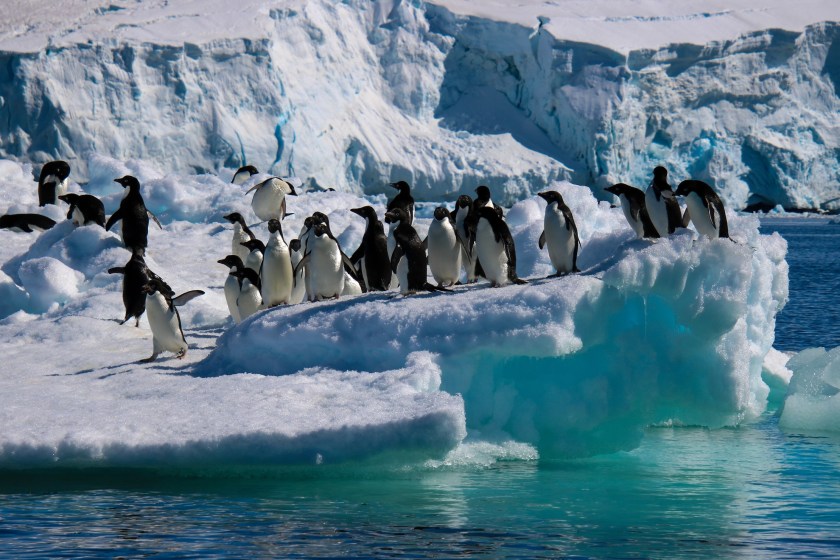Every time I think of massive icebergs, images of the Titanic flash before my eyes. However, this iceberg that we are dealing with now makes that iceberg look minuscule. A23 is the world's largest iceberg, and it is now breaking into smaller pieces. While it may look beautiful in photographs, it poses a real threat to humans and animals.
The World's Largest Iceberg Is Breaking: What That Means For Wildlife

Shutterstock Image
Iceberg A23 measures 1,200 square miles, according to the NY Post. In case you have a hard time visualizing, that is the size of a city. While it used to be trapped on the bottom of the ocean floor it broke free several years back. Initially, when it broke free it began to drift into the Southern Ocean. There was even discussion of it colliding with a British Island. Luckily, the NY Post shares that the iceberg "ground to a halt just 60 miles offshore."
Although scientists believe this could be A23's final resting place, the world's most enormous iceberg is breaking and sending fragments of itself out and about. That means that while it is no longer moving, this iceberg is still a potential threat to the millions of penguins and seals that reside on South Georgia Island and passing ships. With the iceberg's new location, penguins could have to navigate around it to find food. This would put them hundreds of miles out of the way towards their feeding grounds.
Additionally, as the mega-berg begins to melt, it could affect the temperature and salinity of the surrounding sea, thus affecting the wildlife that lives there. This isn't purely hypothetical; incidents like this have occurred in the past. The NY Post shares that "In 2004, some of South Georgia's resident penguin chicks and seal pups died after an ice island named A38 broke off and obstructed their feeding routes." The one saving grace here is that A23 is located further away from the coast.
What About The Ships?
The world's largest iceberg breaking apart doesn't only affect wildlife, but it also affects us. These are not tiny chunks of ice floating in the sea. Instead, some of these fragments measure over half a mile wide. That could seriously damage ships — it is giving serious Titanic vibes. Again, this is not just a hypothetical situation. In 2023, an ice floe named A76 came close to grounding and left icy destruction and obstacles in its path. A ship captain recalled the treacherous route and how his crew "had searchlights on all night " so they wouldn't be surprised by an iceberg.
Due to its massive size, scientists estimate it will take months or even years for the world's largest iceberg to disappear fully. That leaves us plenty of time to worry about the potential consequences and side events of its fragmentation.




